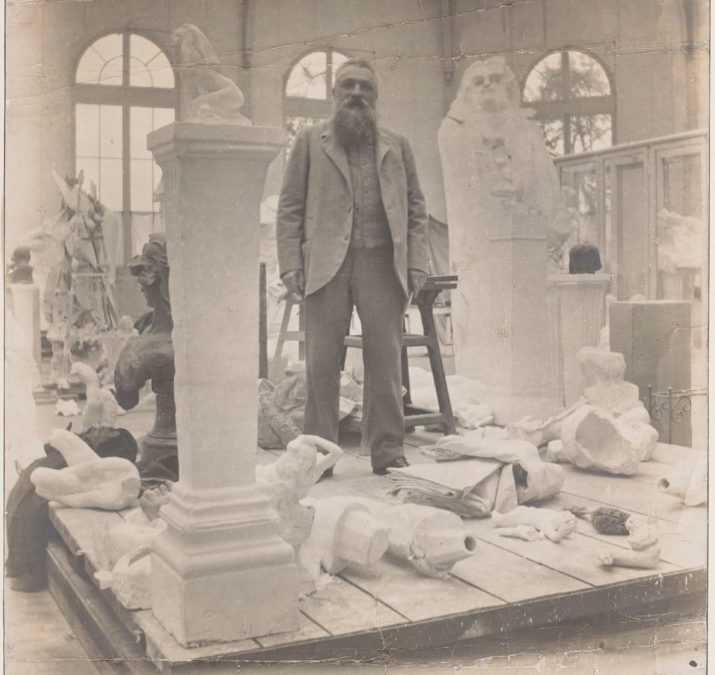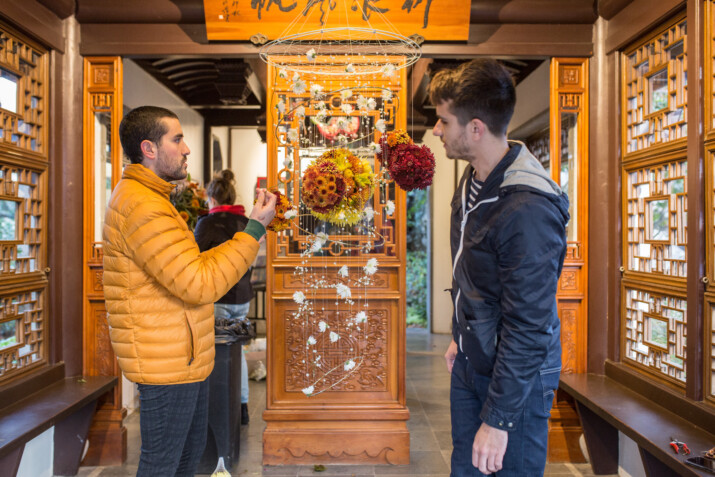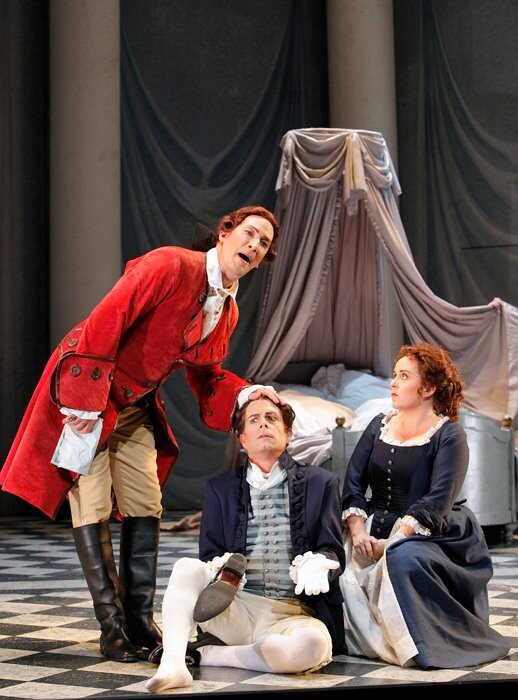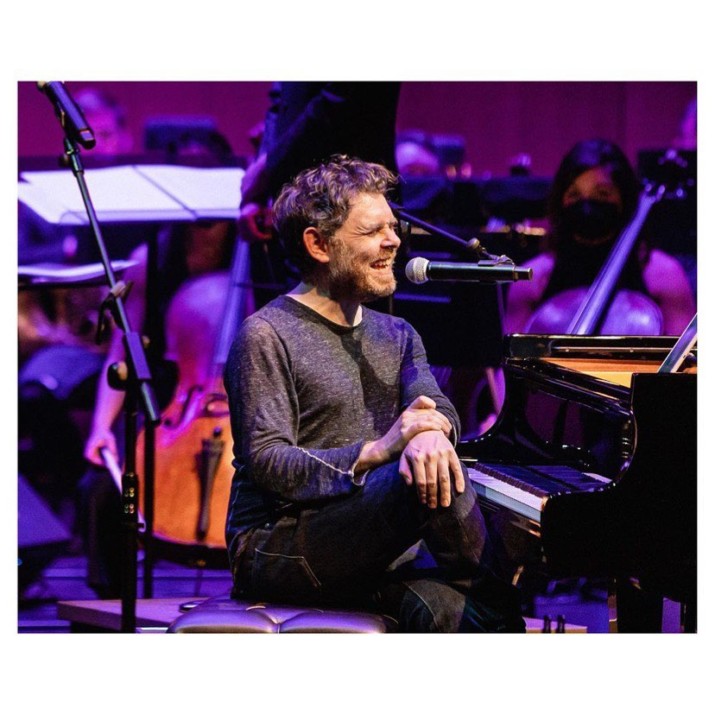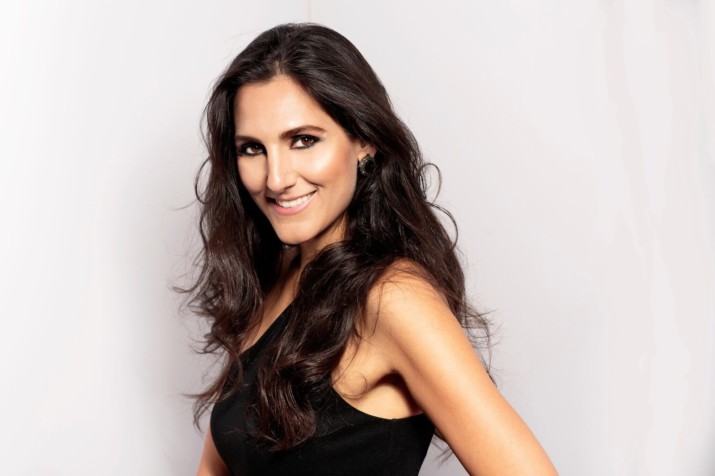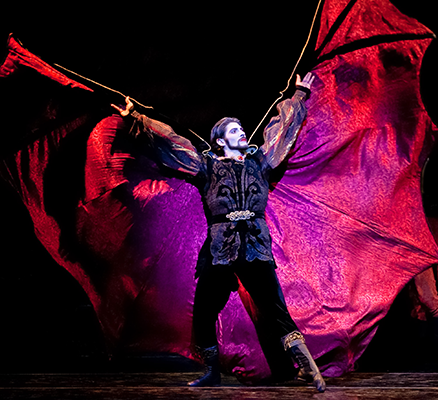Portland, OR. The Portland Art Museum is getting ready to present Rodin: The Human Experience—Selections from the Iris and B. Gerald Cantor Collections. The exhibition of 52 bronzes by the groundbreaking French sculptor Auguste Rodin opens January 21st and runs through April 16th. It is being staged in Portland to commemorate the 100th anniversary of the artist’s death.
One of the greatest artists of his time, Auguste Rodin (1840-1917) revolutionized the art of sculpture. While his works always remained faithful to nature, he departed from traditional practice in seeking to reveal the creative process. This exhibition of bronzes will demonstrate Rodin’s particular passion for modeling the human form in clay, the medium in which his hand and mind are most directly evidenced.
The selected bronzes in the show represent the major achievements of Rodin’s long career. They include powerful studies for The Burghers of Calais, as well as works derived from his masterpiece, The Gates of Hell. Others, such as The Night (Double Figure), demonstrate his experimentation with assemblage. Rodin: The Human Experience also features sculptures, such as Monumental Torso of the Walking Man, which demonstrate Rodin’s admiration for Michelangelo, and Dance Movement D, which speaks to his interest in understanding how the body moved.
The exhibition is especially rich in portraiture. Included are Rodin’s famous depictions of the writers Victor Hugo and Honoré de Balzac; the composer Gustav Mahler; the artist Claude Lorraine; one of his favorite dancers, Hanako; and his portrayal of The Hand of God, which is likely a self-portrait.
Rodin’s ability to use bronze to represent living flesh and his interest in expressing extreme psychological states were highly influential upon younger artists, both in Europe and America. Rodin: The Human Experience reveals why the artist is considered the crucial link between traditional and modern sculpture.
The Museum will present a variety of public programs and tours in conjunction with the exhibition, including an opening lecture by exhibition curator Judith Sobol, Executive Director of the Iris & B. Gerald Cantor Foundation.
This exhibition has been organized and made possible by the Iris & B. Gerald Cantor Foundation. Host curated by Dawson Carr, Ph.D., The Janet and Richard Geary Curator of European Art.
SPONSORS:
LEAD SPONSORS: Laura S. Meier, Andrée H. Stevens; MAJOR SPONSORS: Walter Clay Hill and Family Foundation, Ameriprise Financial and Columbia Threadneedle, Clark Foundation, Exhibition Series Sponsors; SPONSORS: Richard and Janet Geary Foundation, Robert Lehman Foundation, CHEHALEM; SUPPORTERS: The Jackson Foundation, Ann Flowerree, Willa M. Kemp, Lisa and Shawn Mangum, Shirley N. Papé, Judith Wyss, The Holzman Foundation; EDUCATION SUPPORTERS: Elizabeth Lilley, Mr. and Mrs. David Willmott.


